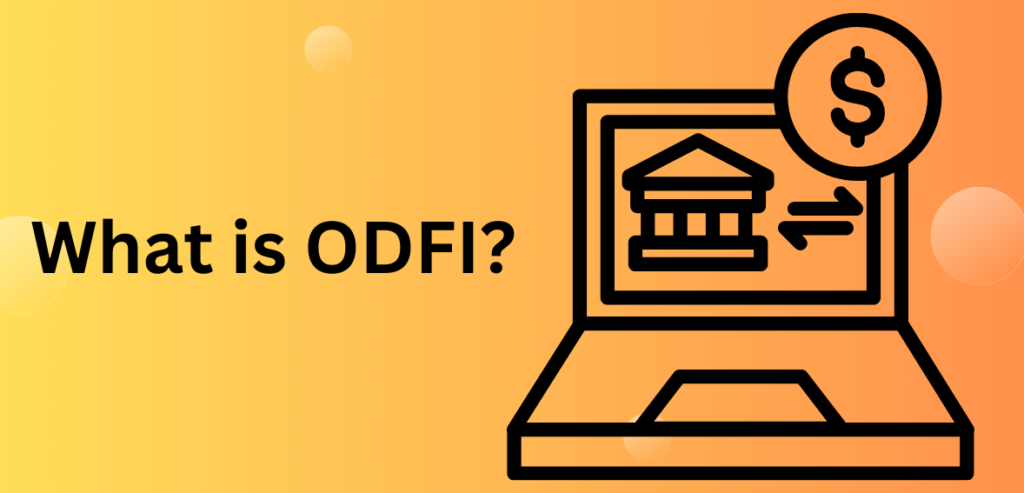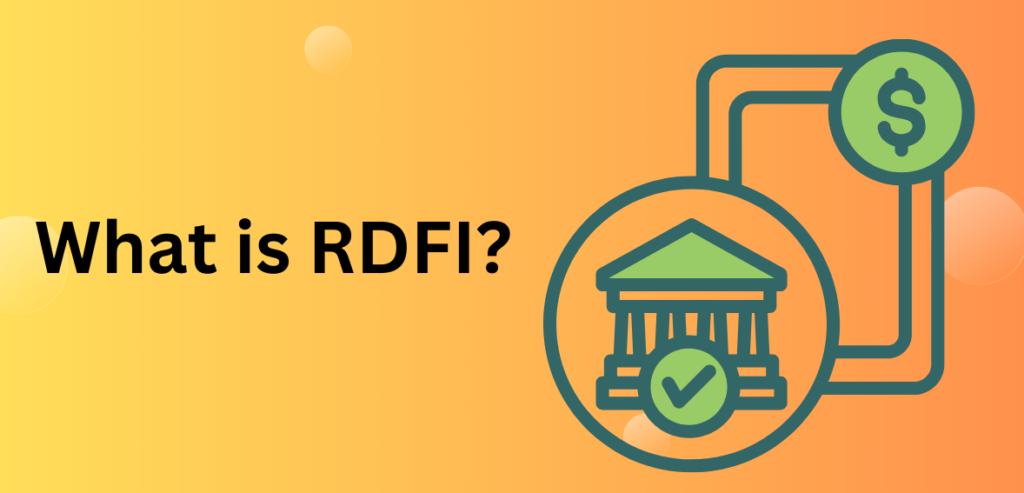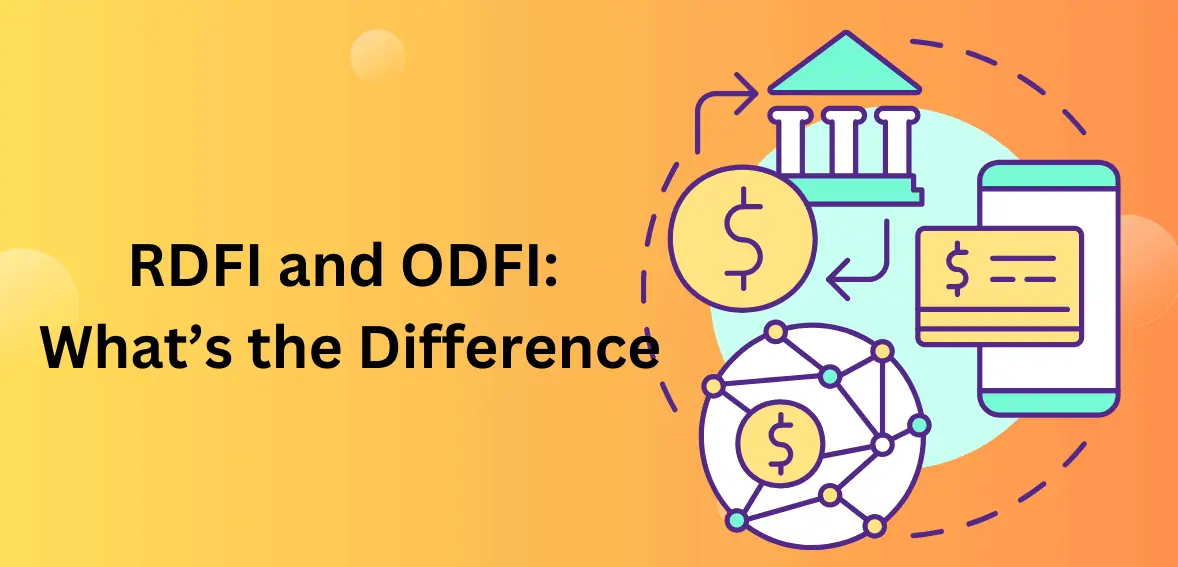Every ACH transaction goes through two financial institutions: the RDFI and ODFI. These two play major roles in ACH payment processing; one cannot do without the other. However, although their roles are interconnected, their differences still lie in their roles.
Nowadays, people don’t need to visit the bank to perform transactions; transactions can be processed with bank account information and a routing number. This process is called an automated clearing house, an essential part of the payment process.
Let’s examine these institutions’ roles in ACH payment processing to understand how they differ.
ACH Payment Processing
An Automated Clearing House is a vital need for payment processing. ACH is an electronic network for processing financial transactions, usually domestic low-value payments in the United States. It is a network of all financial institutions used in the US to facilitate transactions between these institutions.
The ODFI and RDFI cover ACH credit and debit transactions. They are institutions authorized by the National Automated Clearing House Association (NACHA) to process ACH transactions. NACHA governs the migration of cash in the United States; hence, it governs the ACH network.
The NACHA performs an oversight function in the administration of the ACH and ensures the smooth running of the large bank network and other financial institutions.
What is ODFI?

The Originating Depository Financial Institution (ODFI) acts as an interface between the initiator of a transaction and the ACH. An ODFI is usually a business or payment provider that originated ACH transactions.
The ODFI agrees with an Automated Clearing House Operator, which can be the Federal Reserve, to be a partner bank for an Originator. The ACH Operator may also be The Clearing House. That means they make entries in place of the Originator. When a bank accepts to be ODFI, they have to be authorized by ACH operators to credit or debit accounts.
By working with Originators and controlling their payment processes, ODFIs minimize the risk of ACH returns and strengthen ACH data security.
ODFI Example
People practically interact with ODFI daily. For instance, when a customer pays a tuition fee through an ACH, the educational institution’s bank transmits an ACH debit entry to its ODFI.
There is communication between the ODFI and RDFI to transfer the amount to the institution’s account from the debited account.
Another perfect example is direct payroll deposit. On the company’s payday, the company (the Originator) initiates an ACH debit from its bank account. The company’s bank, in this case, is the ODFI, and it sends an ACH file to its ACH Operator. The ACH operator, in turn, passes the transaction to the employee’s bank. The fund gets into the employee’s account through the RDFI.
RDFI Meaning
While an ODFI initiates an ACH transaction, a Receiving Depository Financial Institution acts as a recipient. It can either be a bank or credit union that has entered an agreement with an ACH operator to receive entries. They accept debit and credit transactions from ACH operators for their customers.

An RDFI is also responsible for validating all ACH entries and posting funds to the receiver’s account. All financial institutions accepting to be ODFIs also have to act as RDFI, allowing customers to access ACH payments. However, a financial institution can choose to function as RDFI alone.
RDFI Example
Automatic withdrawals from a customer’s account to service monthly bills are examples of RDFI transactions. A customer may authorize their bank to debit his(her) account automatically for electricity bills monthly at a precise date.
Central Energy receives authorization to foster the payment and then initiates a debit transaction at the RDFI through the ODFI. Once this is done, funds are moved from the customer’s account at the RDFI to the Central Energy bank account with the ODFI.
Differences Between RDFI and ODFI
The ODFI is similar to the RDFI in many ways, validating their interconnectivity. To start with, both financial institutions and an ACH Operator play significant roles in ACH payment processing.
The payment rails of the Clearing House can offer instant payments with these two participating member financial institutions. They are the mechanisms through which modern instant payment options are processed.
However, RDFI and ODFI play different roles in ACH payment processing. While the ODFI represents the financial institution that initiates ACH transactions, the RDFI represents the financial institution that receives ACH transactions.
If a customer wants to perform an ACH transaction, they place an ACH entry with an ODFI. The RDFI assumes the primary function of conducting checks and reporting any return codes to the ODFI.
ACH Return Codes
The Automated Clearing House can sometimes return transactions using a bank code called return code. Hence, return codes are an indication that a transaction was not successful. An excellent example of where this may apply is when a customer initiates a transaction but doesn’t have a sufficient amount in their accounts.
The return codes vary depending on the reason the transaction wasn’t successful. In this case, the ODFI will receive a return code, specifically RO1, which indicates that a customer doesn’t have the amount needed to process the payment.
“On Us” Transfers
“On Us” transfers apply when the financial institution in which the originator operates is the same as that of the receiver. For this, the transaction must not necessarily pass through an ACH operator; instead, the funds go straight to the recipient’s account.
This is to say that an ACH operator is only necessary when conducting ACH transactions across banks.
Conclusion
As instant payments are becoming increasingly popular, the ODFI and RDFI significantly contribute to its success. They both keep the ACH system running. The ODFI originates payments and responds to return codes. The RDFI is responsible for ensuring that information for processing payment is accurate and reports codes for hindered or delayed transactions.

